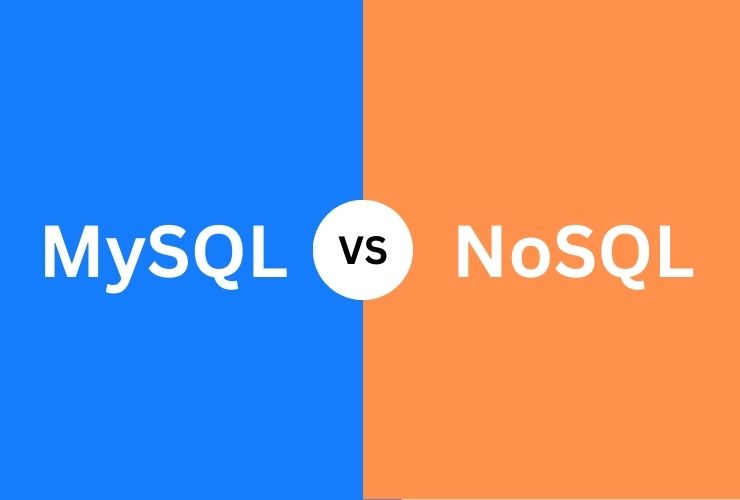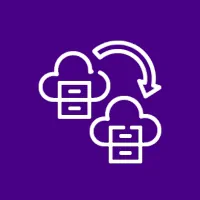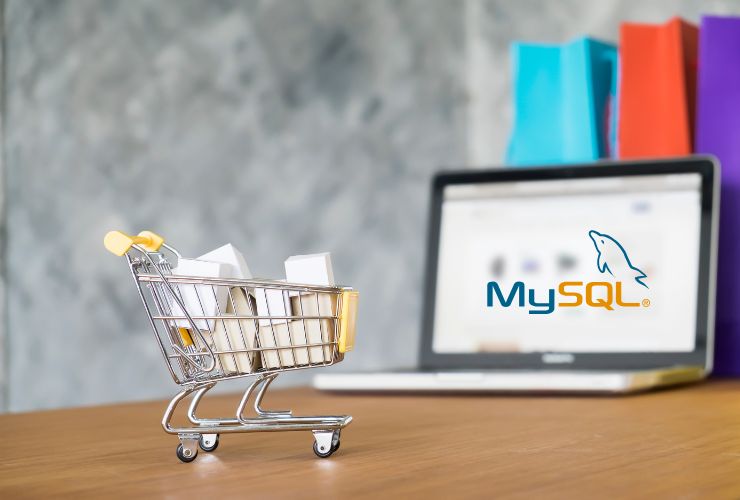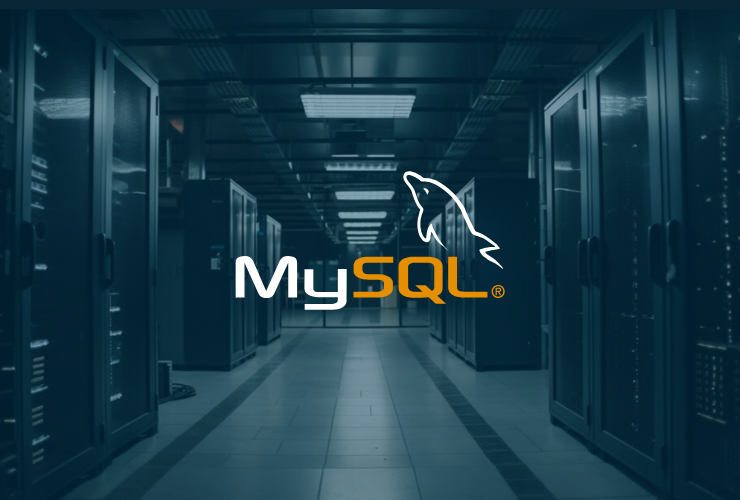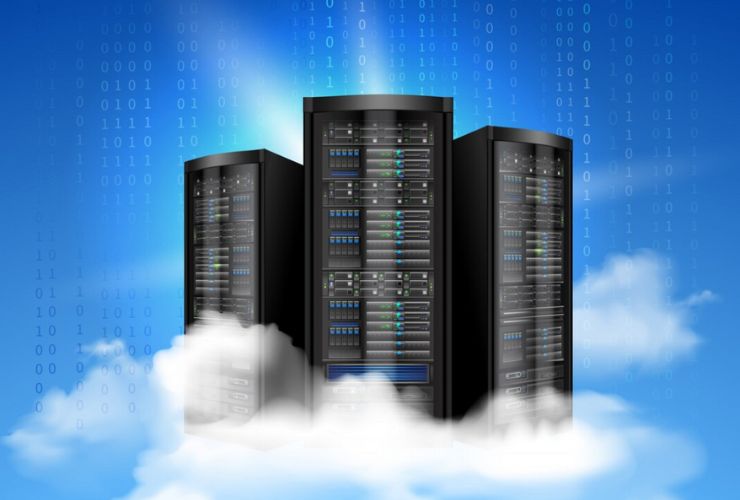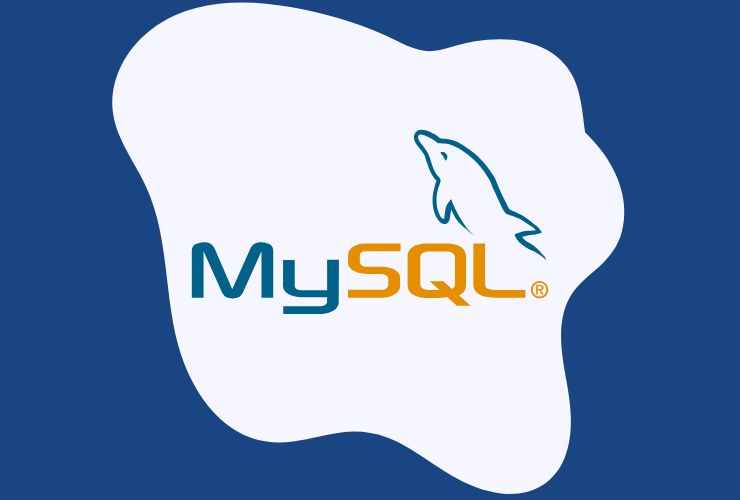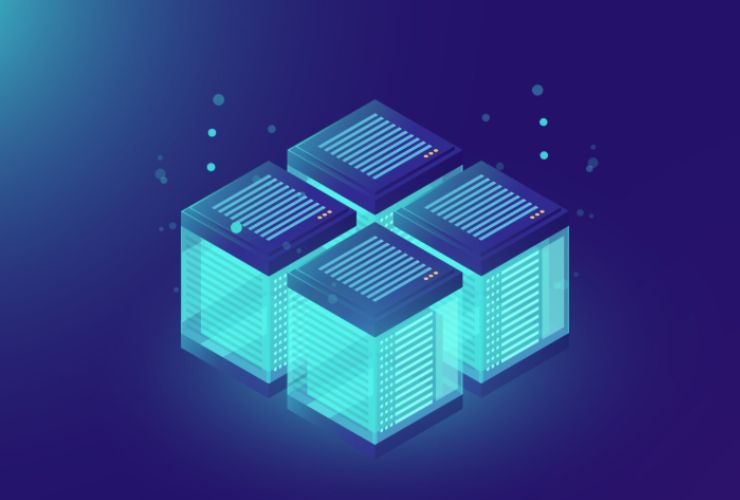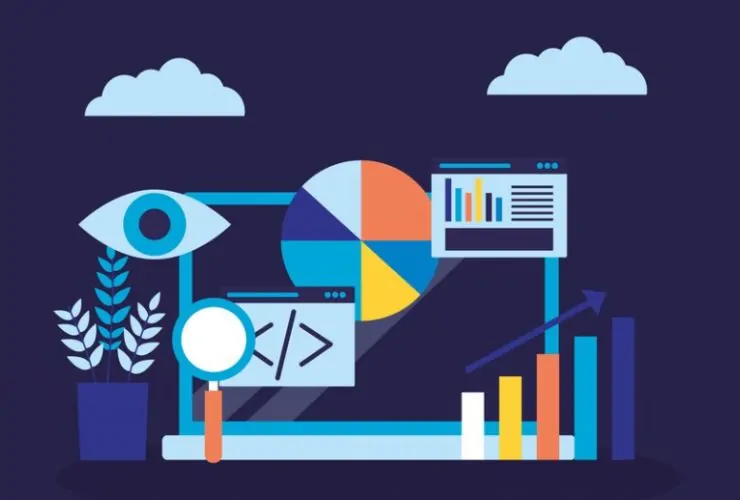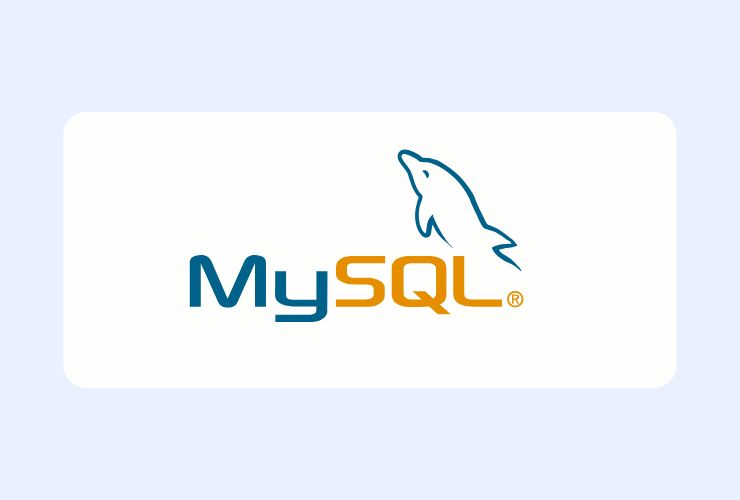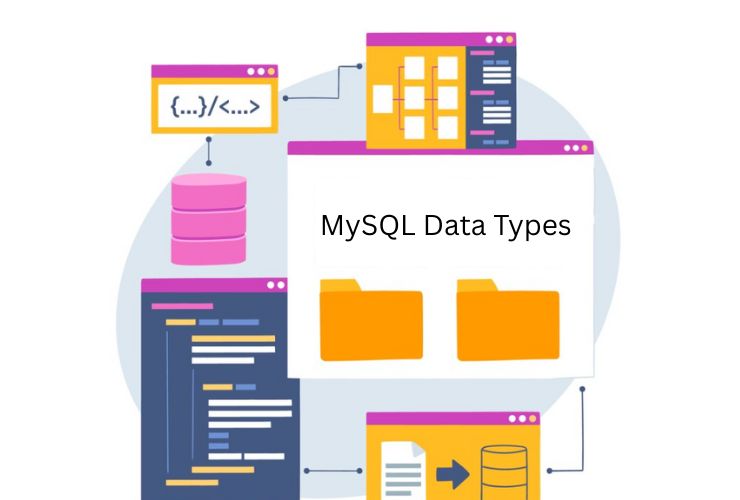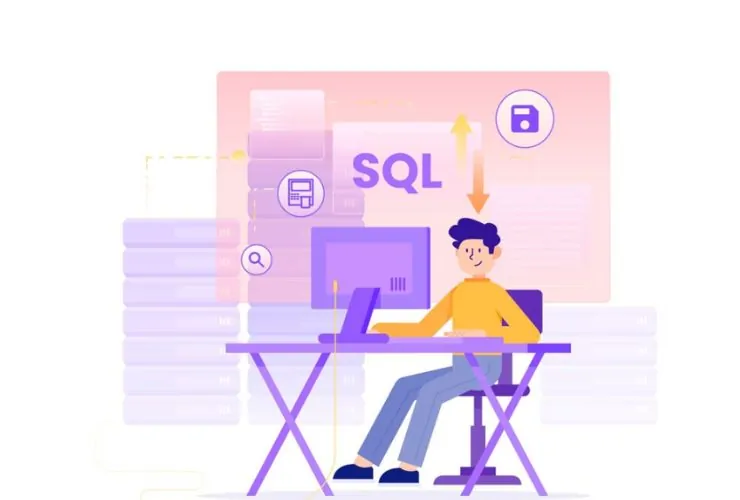Although the chosen database may have an impact on the performance and scalability of a project, it is always evident in its effect on data management. Databases store, retrieve, and manage data efficiently but differ in some ways. There are two major models, which are MySQL and NoSQL. Each of these has its strength and ideal use case. Therefore, the difference between the two makes a big difference; thus, knowing the difference will lead you to an informed choice according to your project’s requirements.
What is MySQL?
MySQL is an RDBMS, which involves the storage of data in a predefined, structured table that describes how tables are related. Its works on SQL to maintain and manipulate data; hence, MySQL is the most popular relational database within an application. MySQL ensures consistency through ACID compliance that denotes Atomicity, Consistency, Isolation, and Durability. Thus, this system is deemed suitable for applications requiring accuracy and organized data storage.
Important Features of MySQL:
- Structured Data Storage-MySQL makes use of pre-defined columns in the tables, and these are more manageable to keep data structured.
- SQL-Based Queries – The SQL language standardizes how data is queried, modified, and managed.
- Strong Consistency – Since MySQL follows ACID principles, data integrity is strictly maintained, which is important for financial transactions and mission-critical applications.
- Support for Transactions – MySQL enables the transaction rolling back during errors, with reliability in its data management system.
- Scalability – It is scalable; however, methods like replication only support vertical scalability, which add more resources in a single server rather than distribution of data spread across multiple servers.
Common uses of MySQL.
- E-commerce Sites – Store customer’s all information along with their order history and inventory record in an organized form.
- Banking and financial systems – Requires the highest level of security and transactional integrity
- Enterprise applications such as ERP and CRM – Handling customer information, sales reports, and enterprise-level transactions efficiently.
- Content management systems (WordPress, Joomla, Drupal) – Most of the content-heavy websites using MySQL need the data to be stored in an organized structure.
What is NoSQL?
NoSQL is a type of database meant for handling big amounts of semi-structured and unstructured and structured data, in high scalability and flexibility. NoSQL, unlike MySQL does not require to have a strict schema and adapts much easier to changing demands in data structures. They especially are useful to handle large scale applications and the big data project, which calls for fast read/write operations, and horizontal scaling.
Types of NoSQL Database:
- Key-Value Stores – Redis, DynamoDB and more: It stores data in a key-value form, allows super fast lookups, and caching
- Document Stores – MongoDB, CouchDB and so on: The storage of data in the form of JSON-like documents in which info can be stored in a hierarchical format and fetched out
- Column-Family Stores – Apache Cassandra, HBase and so on: Optimized for large-scale reads and writes using column-family storage approach.
- Graph Databases (e.g., Neo4j, ArangoDB)-Best for applications requiring relation mapping, e.g., social network graphs, recommendation systems
Key NoSQL Features
- Schema-less Storage-No pre-defined structure is required for the data that allows dynamic and flexible data models
- Horizontal Scalability-Unlike MySQL, NoSQL databases can scale horizontally over multiple servers; hence, best for applications that scale huge.
- High Availability and Fault Tolerance- NoSQL database is architecture to support the distributed environment. It supports the high availability of the data in the event of crashes of servers
- Faster Read/Write Operations-Strong on Big Data: NoSQL is the best performing for the applications that support higher traffic.
Multiple Data Formats-Friendly to JSON and XML as well as the other semi-structured formats
Common use cases for NoSQL:
- Big data can do real-time analytics and big data processing because it can process vast volumes of unstructured data with high efficiency.
- Big data store IoT and sensor data which supports high-speed ingestion and retrieval.
- It stores many user profiles, interactions, and recommendation data in social media platforms very effectively.
- Content personalization engines – Used in applications that require dynamic content recommendations based on user behavior.
Comparison: MySQL vs. NoSQL
| Feature | MySQL (Relational DB) | NoSQL (Non-Relational DB) |
|---|---|---|
| Data Structure | Tables with rows & columns | Flexible (JSON, key-value, graph, column) |
| Scalability | Vertical (single server with replication) | Horizontal (distributed, multi-node scaling) |
| Query Language | SQL (Structured Query Language) | Varies (NoSQL APIs, JSON, key-value queries) |
| Schema | Fixed schema, predefined relationships | Dynamic schema, adaptable to changes |
| Transaction Support | ACID compliance (strong consistency) | BASE model (eventual consistency, high availability) |
| Performance | Efficient for complex queries & structured data | Faster for unstructured & high-volume data |
| Use Cases | Financial apps, e-commerce, CMS | Big data, IoT, real-time analytics, content personalization |
Which One Should You Choose?
When to Choose MySQL:
- Your project requires structured and consistent data storage with strict relationships between data points.
- Complex transactions need rollback and commit features for functionality
- Your application falls under e-commerce, banking, finance, or ERP systems, where data integrity is critical.
- You require high degree of accuracy and strong consistency of data as MySQL follows ACID model.
When to Choose NoSQL:
- Your application must process high volumes of unstructured or semi-structured data efficiently.
- You are willing to sacrifice strict consistency for real-time processing and fast read/write performance.
- Your application requires high scalability, such as social media, IoT, or content personalization.
- You need flexibility in schema design so that the database structure can change over time.
Conclusion
Both MySQL and NoSQL have their own advantages, depending on what your projects require. If your application requires structured data, transactions, and consistency, then it will be best if using MySQL. But if your application needs scalability, flexibility, and high-speed processing, then NoSQL is perfect for that.
For services in database solution, Empirical Edge Inc., specializes in a choice and selection of database technologies for your use. If a structured MySQL-based database is a requirement, a scalable NoSQL solution is at hand, in which case designing the best project architecture can help you, especially with expert help and support

